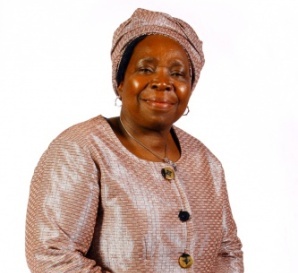US leads initiative to increase energy in Africa
In five years’ time, Africa might see significant improvements in energy, thanks to a US-led initiative called “Power Africa” unveiled by President Barack Obama during a recent three-nation visit to the continent. Students will be able to study after dark, clinics can keep their vaccines refrigerated and businesses can work normal hours.
The US government is leading the charge for Power Africa, helped by some American businesses and by organizations like the African Development Bank.
The initiative is part of a new US policy to focus on the continent’s ability to support itself economically, politically and militarily, according to the Associated Press news agency. Observers say it veers from previous “aid-based” pledges in that its purpose is to encourage American businesses to invest. But these businesses will have to compete with China, Japan and Germany, which already have strong trade ties with Africa.
The US has pledged a $7 billion investment over the next five years, and another $9 billion is expected to come from the private sector, initially targeting six countries: Ethiopia, Ghana, Kenya, Liberia, Nigeria and Tanzania.
Sub-Saharan Africa needs more than $300 billion to achieve universal access to electricity by 2030, according to the International Energy Agency, a body that advises the Organization for Economic Cooperation and Development (OECD) members on energy policy. The US’s current effort is therefore seen by many analysts as a small but important step.
Although Africa is rich in oil, gas, coal and renewable energy resources, electricity is hard to come by, which traps people in poverty. The World Bank found that only 29% of sub-Saharan Africa’s population has access to power. Furthermore, African manufacturing companies experience power outages 56 days per year on average, the bank notes.
Smaller projects like “soccket balls,” soccer balls with built-in generators, will also be part of the Power Africa initiative, Forbes adds. The water-resistant balls capture and store kinetic energy—the kind of energy an object has when it’s in motion—to power LED lights, flashlights or cell phones. The invention, by two female Harvard University graduates, can also help reduce reliance on dangerous kerosene lamps.
By Jocelyne Sambira, Africa Renewal
Stay with Sierra Express Media, for your trusted place in news!
© 2013, https:. All rights reserved.




